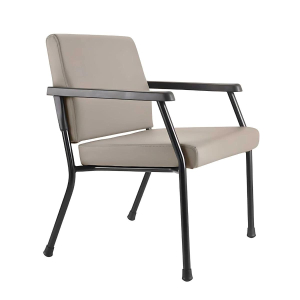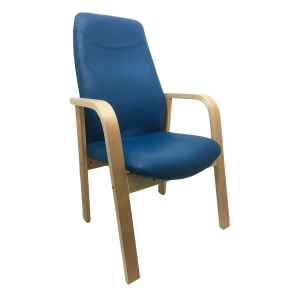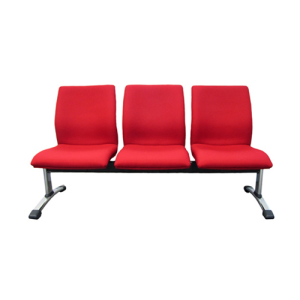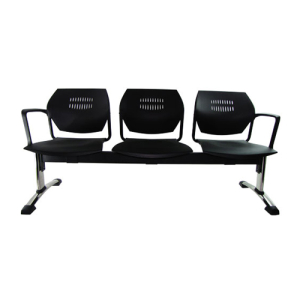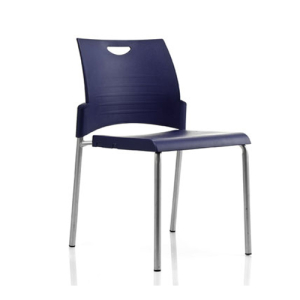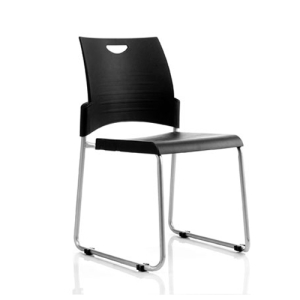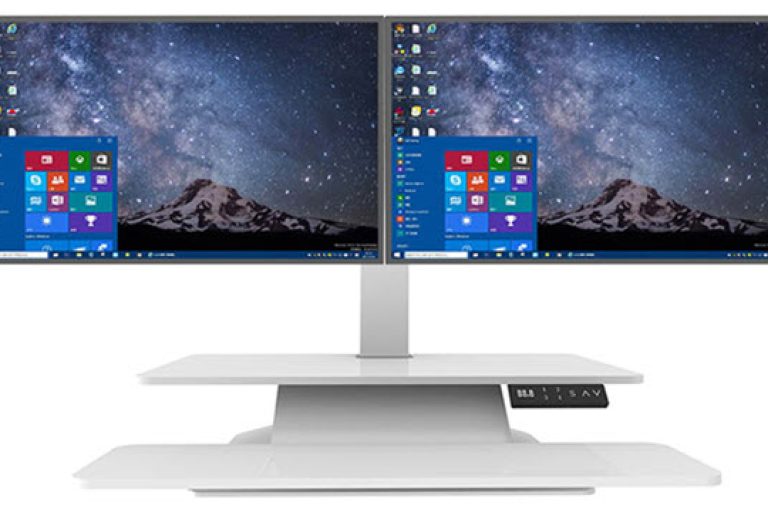When going to visit a doctor, patients typically have to spend a bit of time in the waiting room before their appointments begin.
Of course, it is in the best interests of your practice to minimise these wait times as much as possible. However, it is not necessarily possible to completely eliminate wait time.
Fortunately, you can make the waiting room in your Perth medical office more comfortable and enjoyable for your patients; this will encourage them to return to your practice for future medical needs.
Try these strategies to create a waiting room your patients will love.
1. Take Care in Choosing Your Furnishings
No one likes to sit on hard, uncomfortable chairs while they wait, as this will only make the wait time feel even longer. Try to choose ergonomic visitor chairs and lounges that will be comfortable during extended waits. This is a perfect opportunity to showcase your practice’s brand as well.
For example, in a cutting-edge treatment facility that makes use of the latest technologies, you might choose crisp, modern furnishings. A paediatrician’s office could make use of bright colours and prints that will be visually interesting for children. If your practice is more holistic in nature, you could focus on natural materials, such as jute and bamboo, to convey a sense of eco-friendliness.
This all comes down to the colours and fabrics you use to create the best possible waiting room.
While many medical practices offer similar services, your practice’s unique brand and philosophy are what make it stand out from the rest in the eyes of your patients. The decor you choose should complement the waiting room furniture and reflect the branding as well. Aim to create a cohesive look throughout the office, not just in the waiting room.
2. Arrange Your Waiting Room Seating Strategically
Setting up rows upon rows of chairs in your waiting room can make the space feel cold and impersonal.
Instead, arrange seating in groups.
Try placing a lounge and a couple of chairs around a table to create a family-friendly space. If you include desks or other workspaces for professionals, try to keep them somewhat secluded from other seating to provide quiet and privacy for patients who wish to work.
It is also a good idea to provide a children’s area to give young patients or patients with children their own space, where kids won’t disturb other patients. Set up a fenced-off area with a few small playgrounds or play equipment, with some seating onlooking the play area for parents.
3. Have a Member of Your Staff Act as a Waiting Room Liaison
To help patients feel welcomed right from the start, it helps to have someone greet them the moment they step into the waiting room.
They can be your office’s receptionist or a separate member of your staff. The liaison’s job is to ensure patients have everything they need while they wait, taking the time to answer any questions, get them checked in, help them connect to Wi-Fi, and attend to any other needs they might have.
4. Let Patients Know What to Expect
One of the worst parts about sitting in a waiting room is not knowing how long you will have to be there. Giving patients an approximate wait time, even if it is just a rough estimate, can go a long way towards helping them feel more comfortable. This is becoming even more important as more and more Australian patients are experiencing “unacceptable” wait times.
A 20-minute wait can feel indefinite without an endpoint to look forward to, and this can increase patient stress levels before their appointments. When patients have a general sense of how long they will have to wait, they’ll feel freer to get some work done, play games on their mobile devices, visit the toilet, or just sit back and relax without worry.
5. Provide Refreshments
At the very least, you should provide fresh water for waiting patients to drink. A mini-fridge stocked with water bottles or a dispenser with disposable cups will do the trick.
If you are using dispensers, you could offer two varieties: one plain and one with cucumber or lemon slices for extra flavour.
Many patients will also appreciate the option of coffee or tea. You could also offer fresh fruit or healthy, packaged snacks.
6. Give Patients Something to Do
We’ve all been in waiting rooms where the only distraction is a pile of uninteresting, tattered and out-of-date magazines.
In today’s modern age of technology, your waiting room should provide a free Wi-Fi connection for patients to use. This way, they’ll be free to browse the web or social media on their phones or get some work done on their laptops. Many patients are forced to take time away from work in order to visit the doctor and enabling them to stay on track with their work tasks will help assuage any stress at being away from the office.
It can also help to provide desks or tables with easy access to power points.
In case patients haven’t brought their own entertainment, you can also provide tablets for them to use. Preload them with current magazines and newspapers, and ensure they are connected to Wi-Fi.
If you choose to include a television in your waiting room, keep the volume at a reasonable level so as not to disturb those who are working while still allowing those who wish to watch to hear the sound.
7. Offer Shopping Options
If you have enough space in your waiting room, you can also provide curated products for patients to peruse while they wait.
Try to associate the products you choose with the nature of your practice. For example, in an obstetrician’s office, you could provide belly support bands, stretch mark cream and other items of interest to pregnant women. In a physical therapy office, you could offer exercise bands, balance balls and other fitness tools. If you are a dermatologist, your retail display could provide a variety of skincare products.
Think about the reasons why patients visit your office to guide you in choosing products that are appropriate to their needs.
Update Your Doctor’s Waiting Room with New Furnishings
When you are ready to make some changes to the furniture in your waiting room, ARTEIL is here to help. We provide stock and customised waiting room chairs for medical offices, along with ottomans and office desks. Our design team will be happy to work with you to create the overall aesthetic you are after.
Reach out to us today to get started!

